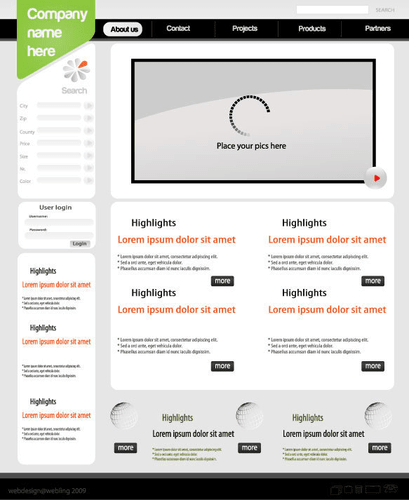
The chemical engineering team then begin a project which has the aim of developing a new technological method and process to maintain the catalyst’s performance. It is acceptable to find that a qualifying project existed after you have finished working on it. You must be able to show the project existed at the time you incurred the expenditure and that it aimed to achieve a goal by resolving uncertainty. There cannot be a qualifying project before a plan or method to resolve identified uncertainties existed.
Business
- HMRC have seen claims where a company may have made advances in science and technology, but not as part of a project to resolve identified uncertainties.
- Table 8 shows how the established firm would calculate the R&D credit if the firm elected to take the alternative simplified credit in 2021.
- Work which seeks an advance relative to this overall knowledge or capability is R&D.
- A construction firm has begun a R&D project to develop new additives that improve the performance of 3D concrete printing.
- The project team of skilled engineers are competent professionals in the field.
- R&D is defined as taking place when a project seeks to achieve an advance in science or technology and applies to the activities which contribute to achieve this resolution.
A company carries out market research to learn what technical and design characteristics will make a new wifi system appealing. You may be able to claim the higher rate of tax credit of 14.5% under the old SME scheme in an accounting period ending before 1 April 2024. This claim must be on expenditure incurred on or after 1 April 2023. The intensity condition is that your relevant R&D expenditure assets = liabilities + equity (plus that of any connected companies) must have been at least 40% of total relevant expenditure (plus that of any connected companies). A company is developing a new type of sun lotion that provides protection for longer in extreme temperatures. The facts show that this project qualifies as R&D for tax purposes.
Introducing AddCPD, a new way to record your CPD activities!

Work to adapt such software to analyse, say, customer spending patterns would also not be R&D. This equality also applies to the methods used to resolve scientific or technological uncertainty. For example, it is sometimes possible to implement functionality in a product or process by means of software or of hardware. As long as the scientific or technological uncertainty cannot readily be resolved by a competent professional working in the field, hardware and software methods are both equally R&D in these circumstances.

Qualifying activities
Time spent on qualifying indirect activities during this period will be qualifying R&D if they contribute to seeking the advance in technology as part of the project. Indirect activities, such as preparing weekly reports of research results and carrying out feasibility studies, support the qualifying sub-project. These activities qualify for tax relief because this activity is both part of the qualifying sub-project and is listed under paragraph 31(a) and 31(g) of the DSIT guidelines. Time spent training https://www.bookstime.com/articles/form-941 staff to use new HR software being adopted by the company during this period is not for the purpose of the qualifying sub-project.

The company sees potential in creating a device incorporating improved wifi range. They see this improvement as a genuine and non-trivial advance in the field. The project will seek to develop an appreciably improved device, which is an advance in technology.

This means that work to identify the requirements for the process, material, device, product or service, where no scientific or technological questions are at issue, is not R&D. An advance in science or technology may have tangible consequences (such as a new or more efficient cleaning product, or a process which generates less waste) or definition of r&d for tax purposes more intangible outcomes (new knowledge or cost improvements, for example). Certain qualifying indirect activities related to the project are also R&D. Activities other than qualifying indirect activities which do not directly contribute to the resolution of the project’s scientific or technological uncertainty are not R&D. R&D for tax purposes takes place when a project seeks to achieve an advance in science or technology.
This entry was posted on Lunes, diciembre 27th, 2021 at 4:07 pm
You can follow any responses to this entry through the RSS 2.0 feed.
Posted in: Bookkeeping
